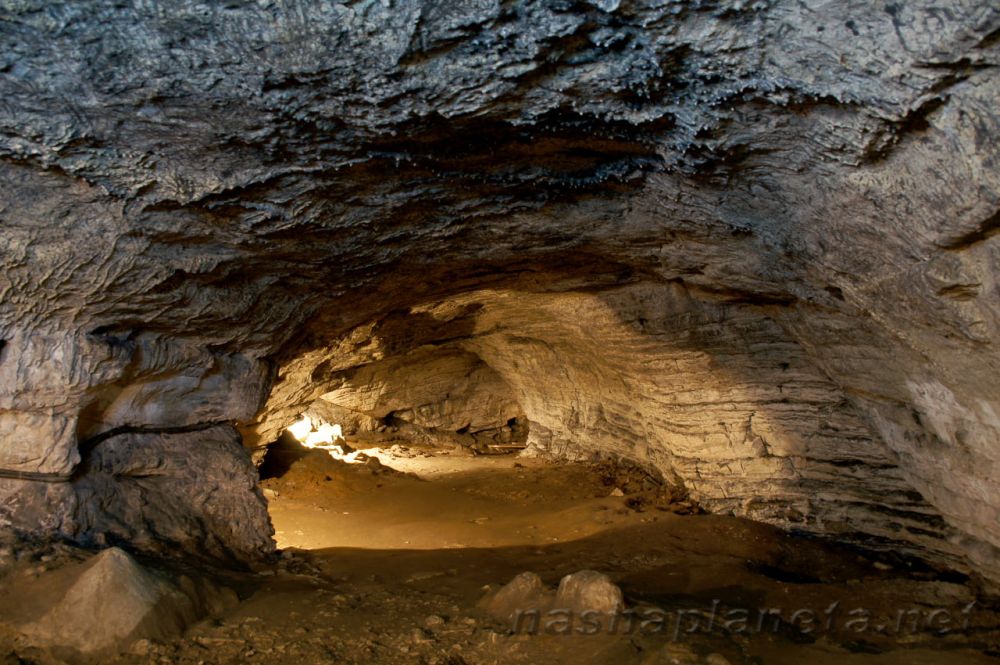

The Vorontsov Caves, part of the fascinating landscape of Sochi, Russia, have long been a natural attraction for tourists and adventurers alike. Nestled in the Western Caucasus, these caves have been a point of interest since their discovery.
The history of tourism at the Vorontsov Caves dates back to the early 20th century, when Sochi began to gain popularity as a health resort. The unique and diverse natural environment of the region captured the imaginations of tourists from across Russia and abroad.
After World War II, the Soviet government embarked on a mission to develop Sochi as a premier holiday destination. Infrastructure was put in place to encourage visitors to explore the area's natural wonders, including the Vorontsov Caves.
In the years following, the site became increasingly popular among speleologists and geologists, drawn by the intricate formations and the challenging cave systems. Eventually, regular tourists also began to take notice, eager to experience the mystical underground world.
Today, the Vorontsov Caves are featured on many excursion lists for visitors to Sochi. They offer a variety of experiences, from easy walks through well-lit passages to complex caving adventures that require specialized equipment and guidance.
In recent years, there has been a trend towards eco-tourism and adventure tourism in Sochi. Visitors to the Vorontsov Caves are increasingly looking for sustainable and immersive experiences that allow them to connect with nature and local culture.
Moreover, technological advancements in virtual reality and augmented reality offer potential for virtual tours of the Vorontsov Caves, making the destination accessible to those who cannot visit in person.
Another emerging trend is the combination of educational and tourism activities. Programs are being developed that include detailed information about the geological and historical significance of the caves, aiming to enrich the visitor experience.
The Vorontsov Caves remain a treasure of Sochi, providing an extraordinary glimpse into the geological past. With the continued focus on sustainable and educational tourism, the attraction looks set to captivate the young and old for many years to come.